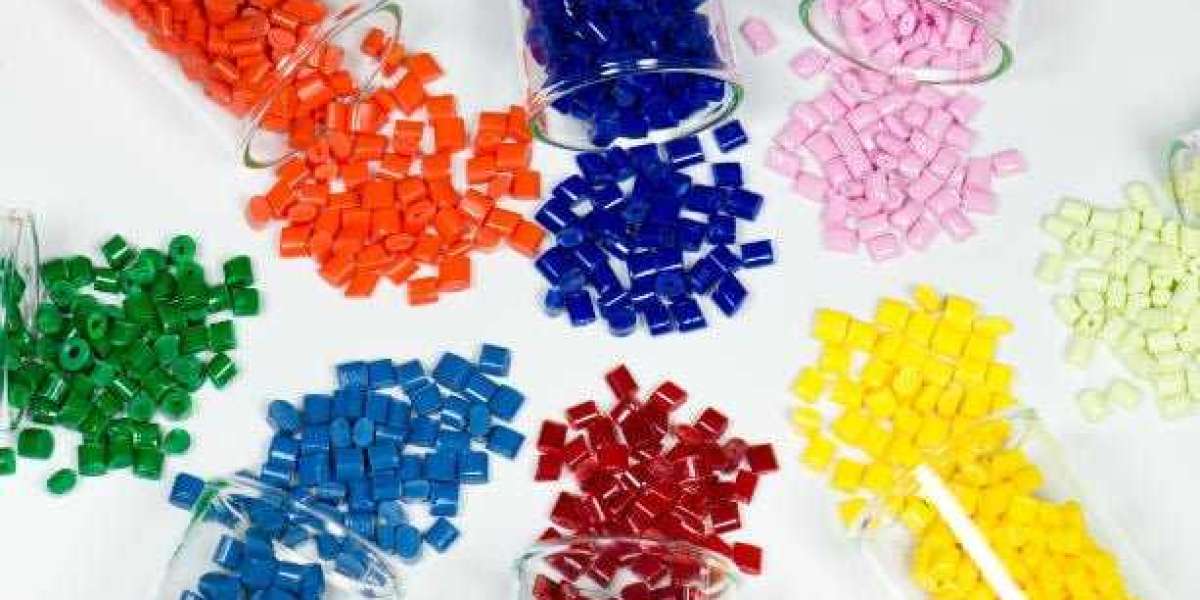What are some types of thermoplastics?
Thermoplastics, or thermosoftening plastics, can be molded at a high temperature and can be recycled relatively easily.
The most common ones in China are acrylic (PMMA), acetal (POM), nylon (PA6.6), polycarbonate (PC), acrylonitrile (ABS), thermoplastic (PET), polypropylene (PP), low-density polyethylene (LDPE), and polyetheretherketone (PEEK), polystyrene (PS).
By contrast, thermoset plastics have an irreversible chemical structure. They offer much higher heat resistance and structural integrity. They are a totally different category and call for different processing.
What are some typical applications for thermoplastics?
Here are some examples:
- The casing of many electrical appliances and electronic products
- Many vehicle parts (e.g. instrument panels in PVC, a dashboard in ABS, bumpers in PP, cams in PA, buttons in PS…)
- Many construction parts (e.g. countertops, panels, pipes, railings, insulation…)
- Many medical devices (syringes, blood bags, tubes, inhalers…)
- Toys (LEGO, many Mattel figurines, etc.), baby products
- Plastic kitchen gadgets
- Food packaging
- Gardening pots
- Storage bins
- Drink bottles
- Furniture
- Houseware and appliances
How do I know if I should, for example, use PE, PVC or another thermoplastic?
Your product will have to withstand a certain environment and will need to have certain visual qualities. Some of the most common criteria to have in mind are the following properties:
- Resistance to wear
- Melting temperature (150 to 190°C for PVC, and up to 400°C for PTFE)
- UV resistance (excellent for PVC, whereas PE mechanical stability will degrade in the sun)
- Transparency (e.g. PS is transparent, PE is semi-transparent, ABS is opaque)
- Shrinkage rate after molding (to be taken into account in the CAD drawings)
- Food grade or not (PE, PP, PS, PC, PET, can all qualify)
- Flame grade or not
- Moisture absorption (nylon absorbs much water, which impacts mechanical properties and affects dimensional stability)
- Strength, impact resistance, flexibility, stability over time
- Price
It is also possible to mix several of these materials, or in some cases to add glass fibers to improve performance.
What types of tooling can be used when manufacturing thermoplastic products?
Injection molding
Many plastic products made in China are injection molded. To simplify, this process consists of:
- Drying the polymer
- Heating it up and putting it under pressure
- Pushing it into a hot mold
- Keeping it inside the mold for a certain time, at a certain temperature and under a certain pressure
- Ejecting it out of the mold
- As needed, removing imperfections manually
Extrusion molding
Another common process is extrusion. To simplify, this process consists of:
- Drying the polymer
- Adding polymer to the extrusion hopper
- Melting the polymer
- Forcing the melted polymer through a die under pressure to produce the desired continuous product shape
Extrusion is also a very popular process for forming thermoplastics, producing 36% of all plastics consumed worldwide (ranging from films, sheets, rod, pipes coats for electrical wires, window frame profiles, etc.)
Other processes can be used, but they are less common. I’ll focus on injection molding here.
Is there any difference in terms of mold cost?
Let’s focus only on injection molding. Sometimes the tooling costs 2,000 USD, and other times it costs 200,000 USD.
Why such a large difference? It depends on the following factors:
a. The complexity of the part, e.g. moving sections, inconvenient angles, different thicknesses…
b. Size of the part – this directly impacts the size of the tool and the amount of steel required
c. Number of cavities in the tool – a single-cavity tool means more cycles are needed to make a certain quantity
d. Degree of automation (automating the unloading frees up operator time, but requires an upfront cost)
e. Metal hardness – from aluminum for a few hundred shots, to H13 steel for millions of shots.
f. Surface finish required
g. Mark-up added by the manufacturer and/or a trading company (tooling is often made by specialized fabricators, and sometimes by the factory that will do the injection)
We wrote about an example (a car dashboard) in this article.
In addition to the cost, making a mold usually takes about a month. And adjustments can make this process longer. Don’t forget to add this into your schedule!
We see an increase in customers requesting specific plastic granule brands. Can you instruct a supplier to purchase plastic materials from certain brands?
There is a real quality difference between no-brand locally-sourced polymers and branded ones coming from China (e.g. Chimei), Taiwan (e.g. Formosa), Germany (e.g. BASF, Bayer) and the USA (e.g. Dupont, Sabic).
Therefore, in many cases, customers are well advised to do this.
One common reason is for performance and consistency reasons.
Another reason is for safety. Last week I was discussing with a friend who works in a kitchenware factory, and he mentioned that most of the polymers they use come from outside of China. This is quite common for products that need to be in contact with food or beverages.
Either the factory is very well established and can be trusted to handle this, or the importer directs the supplier. If you deal with an average Chinese factory, I’d strongly suggest directing what polymer supplier must be chosen.
If you purchase large volumes, you can push your supplier to share the invoice and the delivery note, to prove they bought the polymer from your source.
Or you can find a wholesaler and work hand in hand with them. (Your supplier is probably also buying from the same type of wholesaler – they seldom have sufficient volumes to buy directly from the raw material producer.)
If you purchase very high volumes, you can make a deal directly with the raw material producer, and they will confirm they delivered a certain quantity to your supplier.
Having said that, if you purchase a few hundred pieces at a low price, persuading a manufacturer to use your source might be very difficult. This is something small buyers can struggle with.
What you really, really don’t want is to have a mold made and then have the manufacturer switch from one polymer to another based on the “deals” they can make with their suppliers, to consume some old excess stock, or for other reasons.
The mold is made and tested for a certain material, and there is little flexibility for production. Switching materials or even brands could impact the dimensions, finish and mechanical properties of your part.
In addition to directing the polymer source, you might also want to specify your tolerance (or lack thereof) when it comes to the content of recycled granules (known as regrind). This can be tested on the molded parts, to a certain extent.
Is it generally possible for Chinese factories procure plastic materials from more high-end US, European and Japanese brands?
Absolutely. It is not only possible but also quite common.
I guess China is the largest producer of plastic parts. Every major raw material producer has a sales team that deals with Chinese customers and works with local wholesalers.
For example, if you need high-quality nylon P6.6, you can contact Invista’s sales team, or look for one of their authorized resellers. They are an American company. I remember seeing an Invista booth on a trade show in Hong Kong, so they are not hiding.
Say that I want to specifically use GRILON BZ 3. How do I verify that they actually purchased GRILON BZ 3 to make my product?
You can request your supplier to share the invoices and the delivery notes with you.
You can contact the material supplier directly and ask for the best way to confirm their product is used. Helping you do this is in their interest.
Chemical analyses in a laboratory are usually an option, as every brand will have its own specific formula for their polymer and the analysis results should match the technical data sheet provided by the raw material supplier.
In some cases, you can burn the plastic and compare the behavior observed with that of the “real” plastic.
Other than Mainland China, where else in Asia can I find suppliers to make molded plastic products?
Thailand is a good alternative source. Vietnam could also be an option if you find an export-ready supplier that is not fully booked, which is a challenge in 2019, with Trump’s China tariffs.
If you are ready to pay higher prices, you will find good sources in Taiwan, Korea, and Japan.
Are there any typical quality issues buyer’s should be aware of when it comes to thermoplastic products?
First, there are issues due to the use of poor polymer (wrong type of plastic, the excessive proportion of recycled material…) and poor preparation (e.g. insufficient drying might result in cracks).
Second, there are quality issues due to the injection molding process: sink marks, voids, very visible weld lines, very visible flow lines, warping, short shots, burn marks, flash, and so on and so forth. We show some examples in this article.
And third, these parts are often processed further. They might be machined, they are often assembled, etc. Many things could go wrong during this post-processing stage.
How do you normally manage quality inspections of thermoplastic products?
If we come in to check a finished product, we work based on the client’s specifications (and we can help put together a checklist document, if needed) and approved sample. Our QC technicians
have an eye out for the common defects I listed above. The objective of thermoplastic quality inspections is to detect and flag quality problems.
If you need to reduce the risks of quality issues, we need to be involved much earlier:
a. Audit of the manufacturing plant, to assess risks for your project and to confirm the maturity of their processes
b. Product design review, to avoid potential issues in manufacturing
c. Tool design review (looking at gate type, ejector pin positions, sliders, and other moving parts…)
d. First-article inspection to confirm the tooling but also the injection press setup – this is mostly dimensional and visual checks







